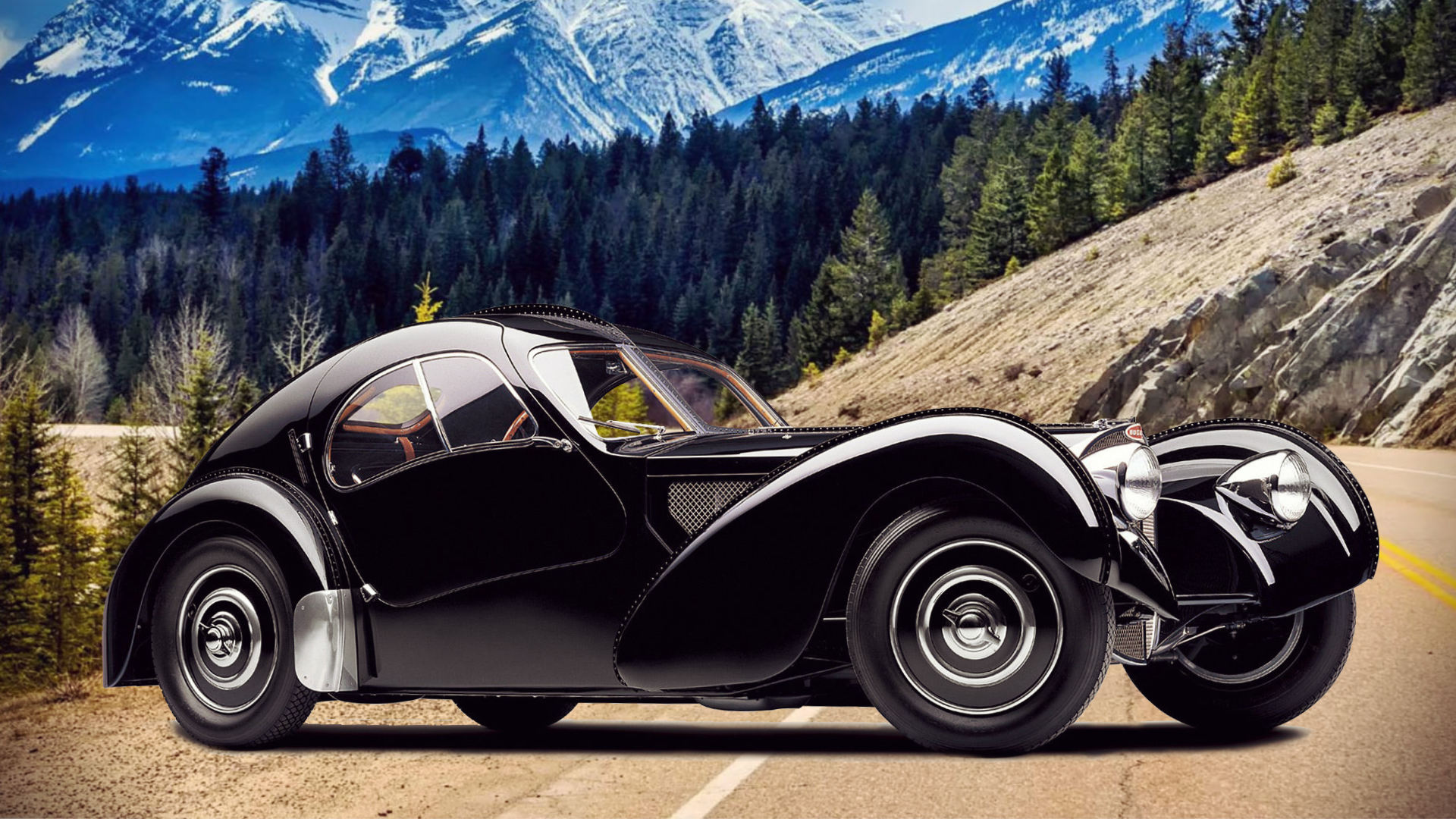Specifications
| Engine | 3.3-liter inline-eight |
| Horsepower | 200 hp |
| Top Speed | 120 mph |
| 0-60 mph | 9.6 seconds |
| Production Years | 1936-1938 |
| Price (at auction) | $40-50 million |
History
The Bugatti Type 57SC Atlantic was introduced in 1936, and was based on the Bugatti Type 57, which was already considered one of the most elegant cars of the time. Jean Bugatti, the son of Ettore Bugatti, was responsible for the design of the Atlantic, which featured a teardrop shape with a dorsal seam running down the center of the car.
The Atlantic was powered by a 3.3-liter inline-eight engine that produced 200 horsepower, and was capable of reaching speeds of up to 120 mph. The car was also equipped with advanced features for its time, such as hydraulic brakes and independent suspension.
Only four Atlantics were ever built, and they were all hand-built by Bugatti’s artisans. The car was extremely expensive, and was only affordable for the wealthiest individuals of the time. Two of the cars were lost during World War II, leaving only two surviving examples.
Design

The car’s interior was equally luxurious, with handcrafted leather seats and a dashboard made of polished aluminum. The car’s instrument panel was also unique, featuring a large central speedometer and a tachometer that was mounted on the steering wheel.
Ownership
Today, the two surviving Bugatti Type 57SC Atlantics are owned by private collectors, and are considered to be among the most valuable cars in the world. In 2010, one of the cars was sold at auction for a record-breaking $40 million, making it the most expensive car ever sold at the time. In 2019, another Atlantic was sold for an estimated $50 million, making it the most expensive car in the world.
Pros and Cons
Pros
- One of the most beautiful cars ever made
- Powerful engine and advanced features for its time
- Hand-built by Bugatti’s artisans
- Extremely rare and exclusive
Cons
- Extremely expensive, only affordable for the wealthiest individuals
- Difficult to maintain and repair due to its rare and unique parts
- Not suitable for everyday use due to its rarity and value
- Does not have modern safety features
FAQ
Q: How many Bugatti Type 57SC Atlantics were built?
A: Only four were built, and two of them were lost during World War II.
Q: Who designed the Bugatti Type 57SC Atlantic?
A: The car was designed by Jean Bugatti, the son of Bugatti founder Ettore Bugatti.
Q: How fast can the Bugatti Type 57SC Atlantic go?
A: The car is capable of reaching speeds of up to 120 mph.
Q: What is the price of a Bugatti Type 57SC Atlantic?
A: The price of a Bugatti Type 57SC Atlantic varies depending on its condition and provenance, but they can sell for tens of millions of dollars at auction.
Conclusion
The Bugatti Type 57SC Atlantic is a true masterpiece of automotive design and engineering. Its rarity, beauty, and performance have made it one of the most sought-after cars in the world, and its price tag reflects its exclusivity. Although it is not a practical car for everyday use, it is a symbol of luxury and sophistication, and will always be remembered as one of the greatest cars ever made.

